Introduction: Not All Building Work is the Same

We walk past buildings every day. Some rise brick by brick, others seem to “appear” overnight—sleek, shiny, and made of metal.
So, what’s the deal?
Is it construction or fabrication?
Are they the same? Spoiler alert: They’re not!
This blog dives deep into:
🧱 What is construction?
🔩 What is fabrication?
🧠 Why knowing the difference helps you build smarter
🗳️ And a quick poll for you to test your knowledge!
Let’s jump in.
🏗 What is Construction?
Construction is the traditional method of building on-site—using materials like concrete, brick, and steel. It involves a lot of stages like:
- Foundation work
- Civil framework
- Brick laying
- On-site welding
- Plumbing and electricals
- Finishing and interiors
Think of it as building a house from scratch, step by step, on the spot.
⏳ It’s sequential and highly dependent on external conditions—like weather, labor, and terrain.
🔧 What is Fabrication?
Fabrication, on the other hand, refers to the off-site manufacturing of parts—mainly steel structures—which are then assembled at the project site.
- It involves:
- Cutting
- Bending
- Welding
- Assembling components like frames, beams, cladding, domes, etc.
This all happens in controlled factory environments using CNC machines, robotic arms, and precision tools.
Think of it like this:
You build the Lego blocks off-site, and then snap them together on-site for faster, cleaner construction.

What Would You Choose for a Fast Track Project?
- Which approach would you prefer?
Space frames are incredibly strong yet lightweight. This allows for large spans without the need for numerous internal supports, maximizing usable space.
- Traditional on-site construction
- Off-site fabrication with modular assembly
- A mix of both
- Not sure yet!
- Key Differences
1. Where Does Most of the Work Happen?
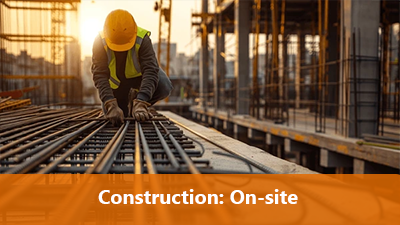

2. Which One Can Continue During Rainy Season?
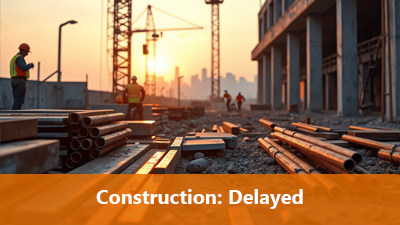
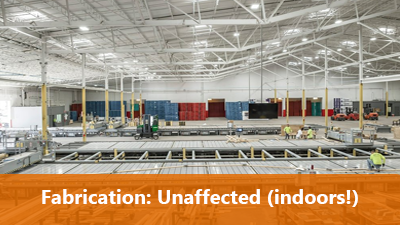
3. Which Is More Precision-Oriented?
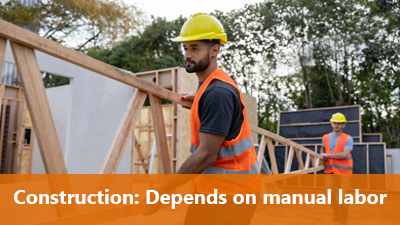

4. What’s More Sustainable?

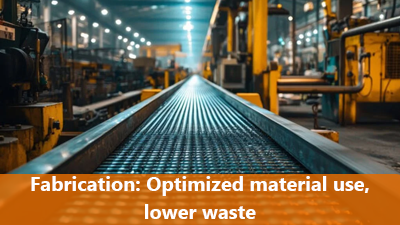
5. Which One’s Faster Overall?

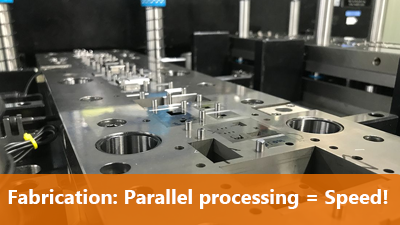
- 🚀 Why Fabrication Is Reshaping Modern Infrastructure
Here’s why more and more architects and engineers are shifting towards fabrication for their core structures:
- 1. Time-SavingFabricated parts are built in parallel while site prep happens. Assembly takes days, not months.
- 2. High-Quality OutputControlled conditions = reduced errors, cleaner finishes, and tighter tolerances.
- 3. Eco-FriendlyControlled conditions = reduced errors, cleaner finishes, and tighter tolerances.
- 4. Design FlexibilityFancy a geodesic dome or a curved glass canopy? Fabrication makes complex forms easier and cost-effective.
- 🏗 But It’s Not Fabrication vs Construction—It’s Fabrication with Construction
Here’s the truth:
You still need strong foundations, civil work, and site-specific finishes. But for structural skeletons, facades, or sculptural elements, fabrication enhances quality and speed.
📐 Architects are now including fabricators early in the design stage for better synergy and buildability.
📈 Real-World Examples of Fabrication in India
Some places you may have seen fabrication at work:
- Airport roofs with space frames
- Mall atriums and food court canopies
- Industrial sheds & PEBs
- Foot-over bridges and bus terminals
- Artistic public installations (like Dandi March Sculpture)
- India is rapidly embracing this approach in its infrastructure boom.
- 📌 Takeaway: Know the Difference, Build Smarter
“Whether you’re a builder, client, or student of architecture—knowing how your structure is made helps you plan smarter, faster, and better”.


